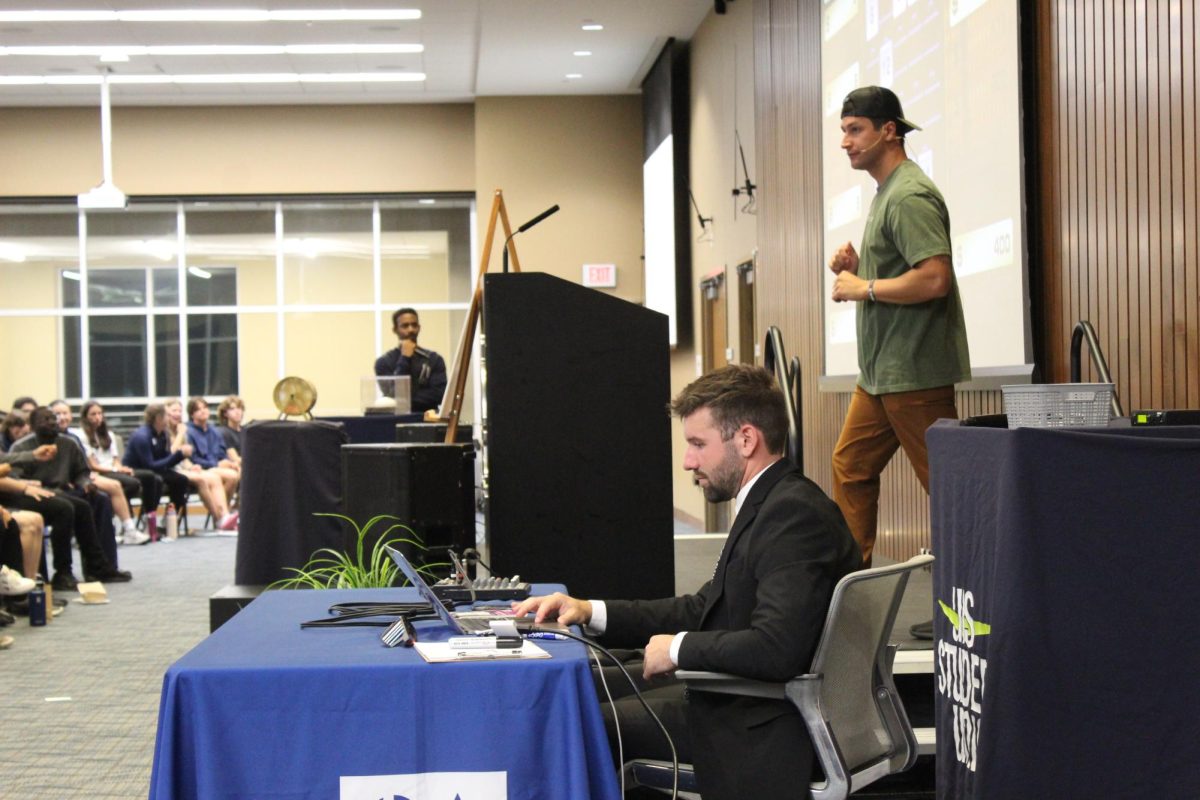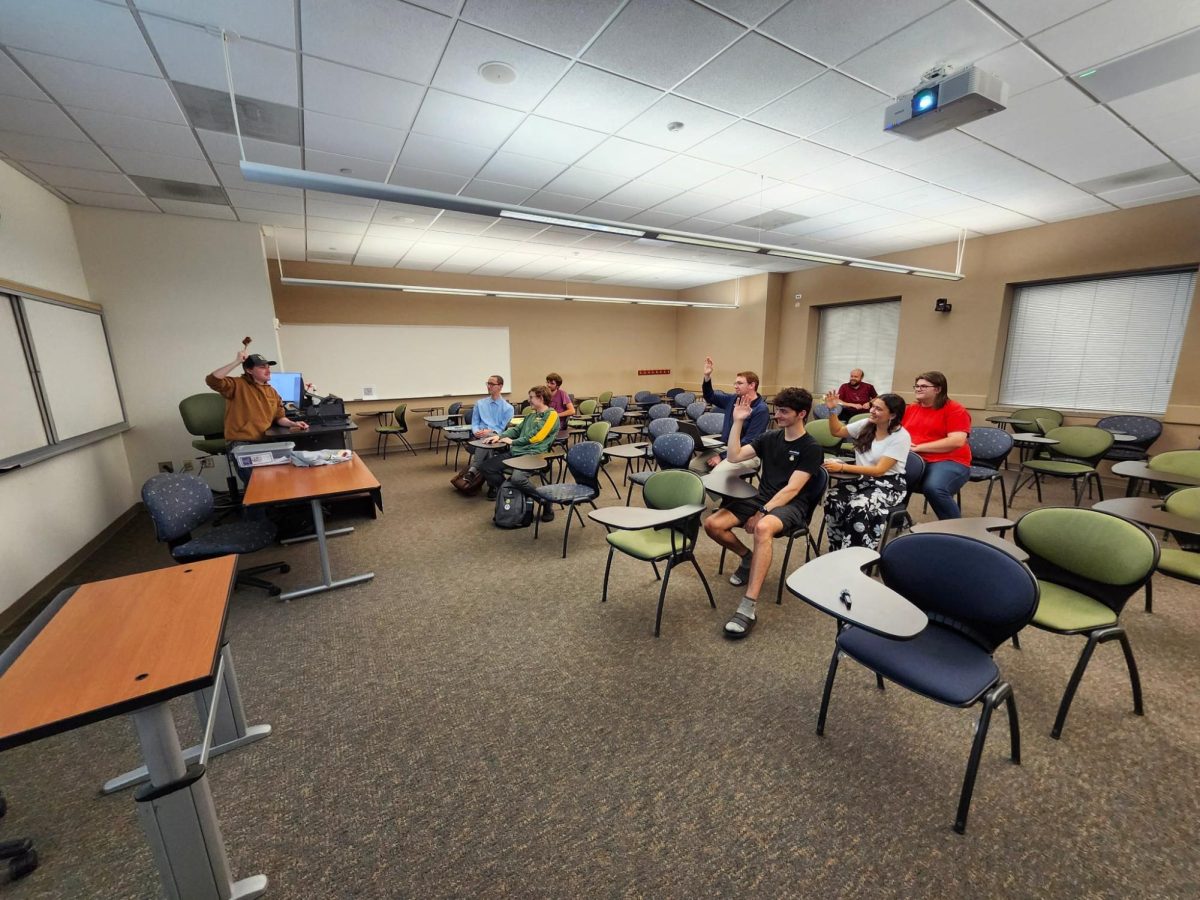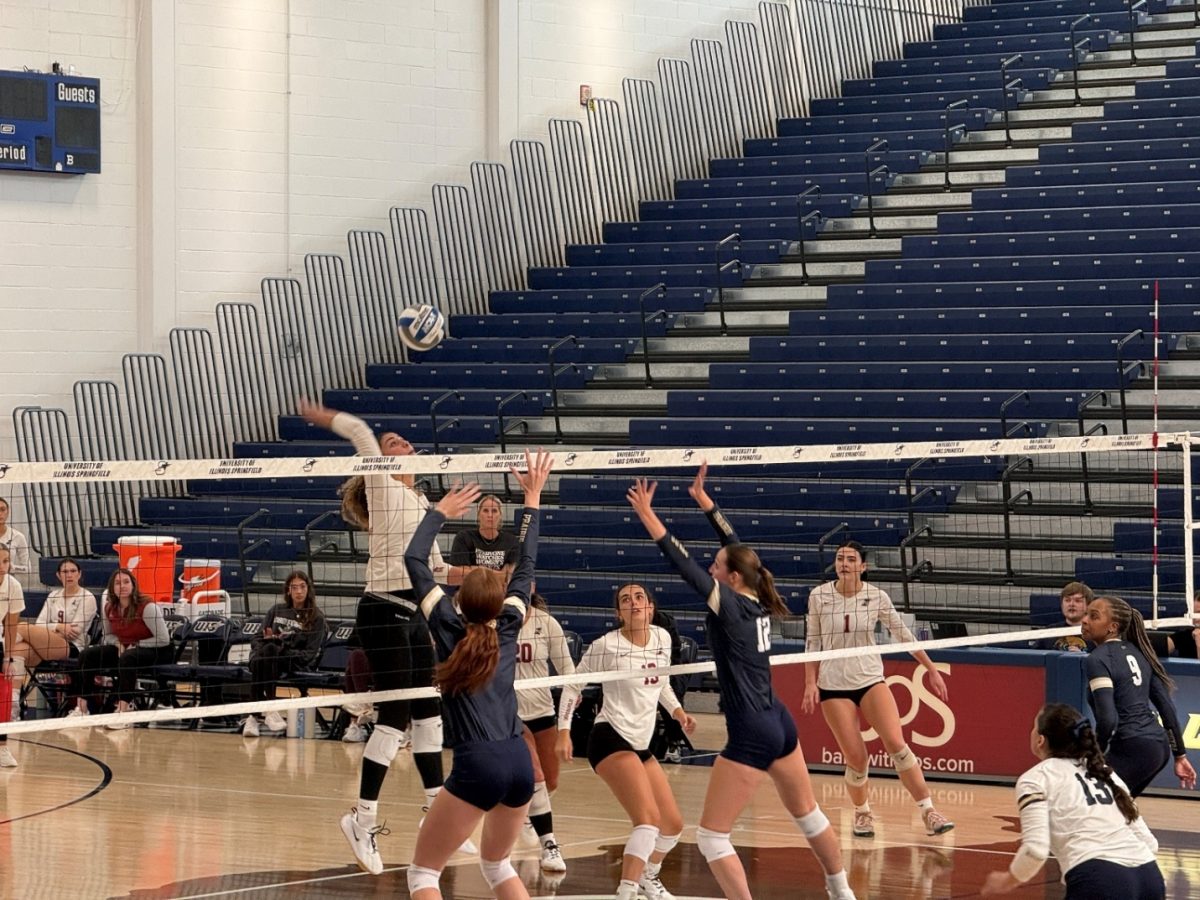The Campus Senate has approved a resolution establishing a concentration and minor in marketing at UIS. Jorge Villegas, Assistant Professor in Business Administration, says that this move brings the school more in line with other programs around the country.
“Since I arrived here in 2009, the college has been trying to create something like this because it’s part of the traditional offering in any college of business and it’s fairly doable,” he said.
The concentration will allow students in the Department of Business Administration to take a full load of marketing classes, whereas the minor may be used to supplement education for students in different areas. Villegas believes the minor will be particularly useful for students who plan to open a private practice or business. Their primary area of study will give them the expertise to provide good service, but many entrepreneurs are also responsible for their own marketing.
Faculty will develop courses for the concentration and minor according to their interest areas, so the full range of course offerings will be determined pending finalization of the faculty roster. Villegas believes that among the new offerings will be courses covering sales management and international marketing.
Tim Barnett, Vice Chancellor for Student Affairs, provided a mixed picture of student enrollment at UIS. Overall, enrollment numbers are down, but the number of new full-time first-year students and online-only students are up. Racial diversity among first-year students has also increased to the point that less than 50 percent of the class is Caucasian, which has been a long-standing goal for UIS, Barnett says. In addition, the number and diversity of honors students has increased, according to tracking by Student Affairs.
Karen Moranski, Associate Vice Chancellor for Undergraduate Education, added that UIS “is doing some really great work on retention fronts on the high and low ends.” She said the University retains about 80 percent of its honors students and about 75 percent of at-risk students, which includes those coming from low socioeconomic backgrounds and those who are the first generation in their families to go to college.
Enrollment declined most significantly among students who transferred to UIS as sophomores and juniors. A phone call survey conducted by Student Affairs revealed that financial aid and other financial issues influenced their decision. Barnett said many state and federal grants and loans have decreased in recent years, which plays a big part in the financial difficulties students face.
Despite these factors, UIS now has a record number of transfer students, 40 of whom used the new Transfer Express program. Transfer Express Days allow transfer students to apply, be admitted, receive academic advising, register for classes, and apply for financial aid in one day.
Barnett said, “these aren’t fantastic numbers, and they certainly aren’t what we had hoped for, but they’re 40 students who we know got advising and were brought into classes. We know in the past that we’ve lost students who have not been able to get into advising or connect with an adviser at some point.”
UIS officials are looking at ways to increase overall enrollment on campus, including offering new majors. Barnett identified finance, sports management, health-related fields, and engineering as majors that are in demand.
Moranski, who was sitting in for Provost Lynn Pardie, provided some context for the announcement that UIS is ranked second by U.S. News and World Report among all public universities in the Midwest region. This ties UIS with the University of Northern Iowa and puts the campus just behind Truman State University, which is located in Kirksville, Missouri, and is a Council of Public Liberal Arts Colleges peer of UIS.
Moranski said, “we’re all aware that U.S. News and World Report rankings have their detractors and have their challenges as a measure of quality. However, they do have a significant impact on students and parents who are looking for quality institutions.” Moranski is “particularly pleased that our peer assessment went up, which means that we are beginning to gain in reputation with administrations of other institutions in the Midwest.”
In addition to assessments by administrators at peer institutions, other measures that factor into the ranking include retention of students, faculty resources, student selectivity, enrollment statistics, financial resources, and alumni giving.







